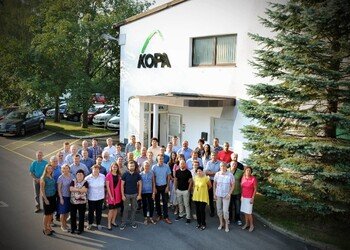A solution for over 8,000 users across 26 faculties

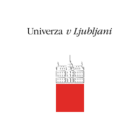
Mag. Aleš Košir: "Špica's solution played a pivotal role in driving the project to success. With their assistance, we've achieved two significant outcomes : a uniform technological and procedural solution now serving the entire University of Ljubljana."
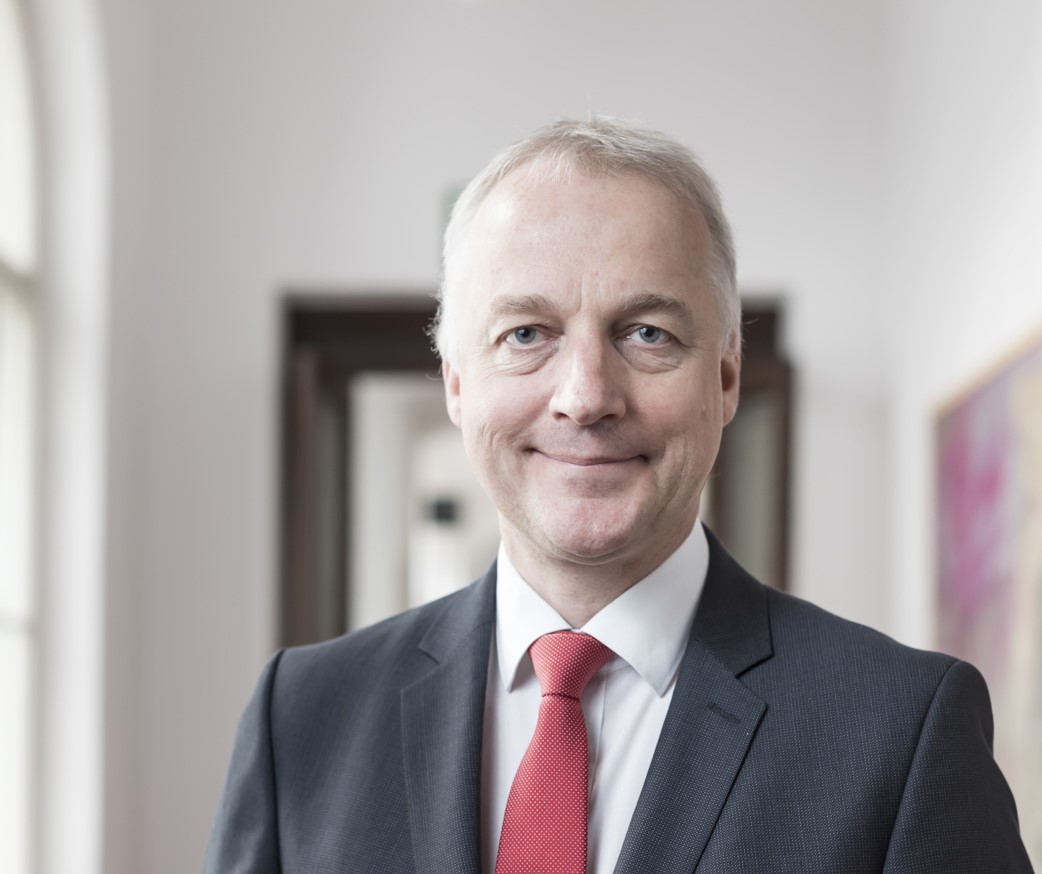
Solution: Time&Space in conjunction with SAP
Content:
- How has the integration of time and data management been achieved within one of Slovenia's largest organisations?
- How is the system used by teaching and support staff?
- How do the potential uses of data, including for future construction projects, offer opportunities for substantial cost savings?
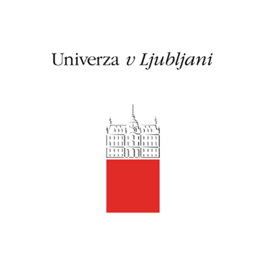
- Sector: higher education
- Organisation size: large (among the 10 largest in Slovenia)
- Number of employees: 6,347
- Distinctive features: a diverse institution with 26 faculties and a rectorate
- Achievements: In 2023, the University of Ljubljana received the "Customer Value Realization Exchange 2023" award by SAP
8,200 users in one of Slovenia's largest institutions
The University of Ljubljana, hereafter referred to as 'University,' stands as the largest educational institution in Slovenia. Moreover, it ranks among the ten largest organizations in the country, considering both its employee count and annual revenue. It boasts an annual revenue of approximately €440 million with a workforce of 6,347 employees (as of January 2023), and a
student body of approximately 40,000 enrolled individuals. The University also maintains records of its alumni, resulting in an extensive database of approximately 250,000 individuals in its IT systems. Together with external collaborators, there are currently 8,200 system users, which also include part-time staff and employed students.
Challenge: How to make it possible for the central services to obtain accurate data from University members?
"Prior to the implementation of SAP alongside Špica's Time&Space solution, the University relied on a variety of different solutions. However, the organisational structure did not ensure uniformity in both technical and organisational aspects," explains mag. Aleš Košir, Head of IT at the University of Ljubljana, who oversees a team of approximately 25 IT specialists within the institution. Prior to implementing Time&Space in conjunction with SAP, the University and its members used their own systems.
"At some faculties, employees did not consistently register their arrival at work, while others already had well-established systems for recording working time. For the latter, adopting the new system posed no significant challenges. The most significant challenge has arisen in faculties that have not yet implemented electronic recording systems”, says Ajda Lesjak, coordinator of key users for working time management at the rectorate.
The absence of a unified business information system at the University of Ljubljana had significant repercussions , as highlighted by mag. Aleš Košir. He remarked, "Several years ago, when journalists inquired about the University of Ljubljana's employee count during discussions about salary supplements, it took us approximately two months to provide even a rough estimate. Data accuracy was a pivotal concern for the University. With the introduction of SAP alongside Špica's solution, in other words a single record, we can now effortlessly obtain the precise headcount data with a single click, at any given moment."
Alja Gazvoda, Assistant to the HR Secretary of the University, added: "Prior to implementing the single information system, our members relied on Excel for data collection. This was followed by a labor-intensive process that involved manually gathering data from all faculties, compiling it, and rectifying errors, which was very time-consuming. The new IT system also introduced a unique personal identifier, resolving the challenge of accurately counting individuals employed at more than a single faculty.
2023 will be the first year when all staff data required for mandatory reporting to the Ministry will be collected directly from the IT system. This approach will make data management and report generation much more efficient and faster."
Two statuses: teaching and support staff
The University recognized the pressing need for a new, unified system. The contract was signed in February 2019, and by June 2020, the initial implementation of SAP, encompassing time recording and registration, commenced at the rectorate, followed by individual faculties. Subsequently, the systems were introduced at groups of 5 to 6 faculties. The last group of members transitioned to the new system on May 1 of this year.
"The project for implementing the new system was centrally managed by the University, involving the participation of all faculties to establish a unified business information system. Špica's solution played a key role and was instrumental in the project's success. This project has yielded two outcomes : a unified technological and procedural solution now serving the entire University of Ljubljana.," stated mag. Aleš Košir.
Alja Gazvoda confirms Košir's remarks: "The transition to the central IT system has allowed us to successfully harmonise the practices of member faculties, including the protocols for recording working time, to the greatest extent possible."
Ajda Lesjak adds "Registration now takes place using Špica’s terminals. The majority of the support staff register both their arrivals and departures. The teaching staff and researchers clock in using the registration terminal and the data also serves as the basis for reimbursing commuting expenses. Moreover, all employees are required to log activities such as remote work, leave requests, and business trips through the Fiori app. The approval process via the app is also swift and straightforward.
This real-time data enables the faculties to readily determine whether employees are working on-site or remotely, which serves as the basis for commuting cost reimbursements and compensations related to personal resource usage."
Ajda Lesjak: " This real-time data enables the faculties to readily determine whether employees are working on-site or remotely, which serves as the basis for commuting cost reimbursements and compensations related to personal resource usage."

Numerous challenges: legislation, attitudes of the society, and employee skepticism ...
"We currently have 88 registration terminals and 20 access controls in more than 50 locations. This count doesn't even include internal access and door controls within faculties. As a result, the University stands out as one of the institutions with the most complex access control systems, given the number of locations and access controls managed through the Time&Space solution," says Janez Puntar, the System Administrator at the University of Ljubljana.
However, the size of the University was not the only challenge at hand. Mag. Aleš Košir says: "The University served as a reflection of the entire society's perspective on the significance or insignificance of clocking and associated records. Some years ago, there was an ongoing debate whether implementing such a system is necessary, as well as about concerns about potential infringements on individuals' rights, apprehensions about surveillance, and questions regarding data access and potential misuse." He further adds,
"In recent years, the legal and organizational landscape has changed significantly. Initially, when the law on working time records was introduced, there was an expectation that universities would be granted an exception, but this did not happen. It's within this societal context and attitude towards the University that this project emerged." The University is now aligned with the legal framework.
Mag. Aleš Košir engaged in many discussions with distinguished professors who raised ideological concerns, articulating sentiments such as: "Throughout my entire career, I have never had to register like a factory worker, and now you expect me to do so." We had to carefully choose our words to explain that this is not an attempt to diminish the professorial profession but rather that society has evolved in the direction that such records are required.”
The implementation of a working time recording system posed another challenge. "Some employees were initially skeptical about time recording. The introduction of this system indeed placed a significant workload on all the personnel involved in its implementation. However, after two months, the responsibilities of time administrators have largely stabilized. Employees have adapted to the new recording system, are familiar with the regulations, and can access their own time-related data conveniently through the Fiori app," concludes Alja Gazvoda with satisfaction.
The backing of the management of the individual faculties has played a pivotal role. Ajda Lesjak "The support we received from faculty management has been instrumental in the implementation of a working time recording system. Time and attendance are prerequisites for reimbursement of transportation expenses and the lunch allowance, encouraging the staff to maintain consistent and accurate records."
Alja Gazvoda: "The transition to a central IT system has allowed us to successfully harmonise the practices of member faculties, including the protocols for recording working hours, to the greatest extent possible."

Numerous benefits, with more on the horizon
The new system at the University serves or will serve a multitude of purposes, including:
- payroll,
- reimbursement of lunch and commuting expenses,
- reports on employees as required by law,
- presence and absence reports,
- statistical analysis for managers for decision-making,
- optimising parking spaces and facilities in response to faculty presence, by taking into account remote work, and managing equipment utilization at different faculties etc.,
- occupancy planning,
- planning new builds, potentially leading to significant cost savings ...
The initial advantages have already proven significant.
Špica's data are imported into the HR administration of the IT system, which is directly tied to payroll processing.
The time and presence administrators play a pivotal role administering working time records; their most time-consuming task is making sure the data is accurate prior to payroll processing. While employees can independently manage certain absences, they require time administrators to correct any errors. Looking ahead, our plans entail further advancements and automation aimed at alleviating the workload for time administrators and HR personnel.
Amidst the coronavirus epidemic, students coming to the faculties were required to clock in. Using this system, the faculties were able to organize a solution swiftly, practically overnight. Since all students have wireless clocking technology, this challenge was solved incredibly quickly at several faculties.
Furthermore, this solution offers an additional option that has yet to be fully tapped into. A person arriving at the University can clock in at any of the points where Špica's registration terminals are located. These locations range from Portorož and Maribor to various locations in Ljubljana. This makes it possible to automate records so that travel cost reimbursements are correctly calculated automatically. Mileage calculation can be fully automated.
And there's more security too. "Having uniform rights and principles in place throughout the University makes it easier to ensure security, because sometimes there is valuable equipment on the premises. Special access to expensive equipment can be managed, while at the same time ensuring it is put to the best use possible", concludes mag. Aleš Košir.
The University is pleased with the outcome. Alja Gazvoda: "At the University, we are all very proud at introducing this system. However, it's important to recognize that our work is not finished. Further development and automation of specific areas within the IT system will follow."
Jan Makoter, Sales Project Manager at Špica International, was highly impressed with the University of Ljubljana's approach. He remarked, "The University of Ljubljana has proven to be an exceptionally agile institution with a professional approach to the project. The collaboration during the project implementation proceeded seamlessly, without significant complications.
"Janez Puntar: "We currently have 88 registration terminals and 20 access controls in more than 50 locations. As a result, the University is one of the institutions with the highest numbers of registration points."
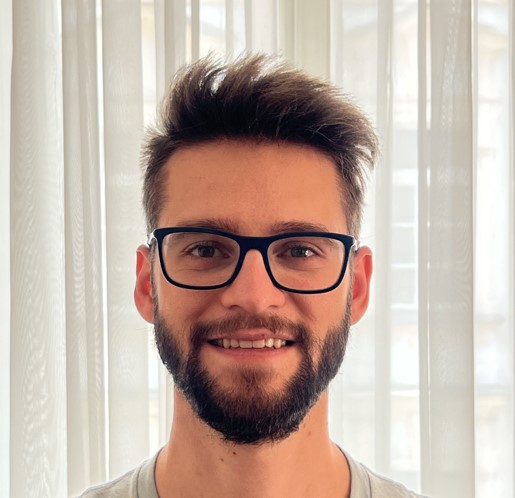
Results
- Automation in data capture and processing Reducing the workload of HR and accounting departments, which previously dedicated substantial time to data verification.
- Up-to-date and accurate data This enables us to provide accurate answers to questions regarding the University's total headcount and staff composition.
- The University’s financial management and reporting have been substantially simplified.
- Enhanced security The implementation of uniform access rights and principles simplifies the efficient management of valuable equipment, enhancing overall security.
- Optimisation and planning. The data is useful for optimising car parks and facilities, as well as new buildings.



